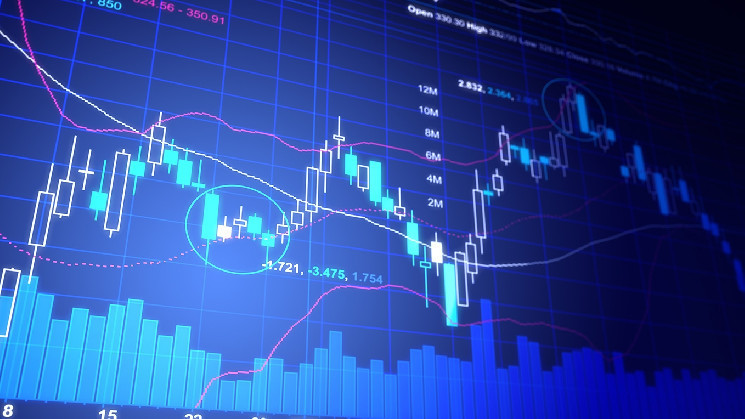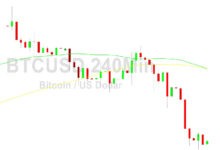Bitcoin Moves Sideways at $27.5K as Investors Await CPI Inflation Reading

Bitcoin (BTC) moved sideways at around mid-$27,000 on Tuesday as investors awaited the latest U.S. inflation report on Wednesday.
The largest cryptocurrency by market capitalization was recently trading at around $27,560, down 0.2% in the past 24 hours, according to CoinDesk data.
“While the macro backdrop has been mostly unchanged over the past few weeks,” market watchers will be focusing on “Binance and whether people are seriously storing cryptos in cold wallets,” Edward Moya, senior market analyst for foreign exchange Oanda, suggested in a Tuesday note.
“Bitcoin appears to be stuck in a trading range, but if we have a de-risking moment on Wall Street, that will be enough to send cryptos toward the lows seen in mid-March,” Moya wrote.
Ether (ETH), the second-largest cryptocurrency, was off roughly 0.4% on Tuesday to change hands at around $1,844. Among other digital assets, Bitcoin Cash’s BCH jumped over 9% for the day to trade at around $121.29, while Lido’s governance token LDO recently rose by 6% to $1.85.
The CoinDesk Market Index (CMI), which measures the overall crypto market performance, was up roughly a half percentage point for the day.
Equity markets turned mixed ahead of Wednesday’s Consumer Price Index (CPI for April. The S&P 500 and tech-heavy Nasdaq Composite closed down 0.4% and 0.6%, respectively. The Dow Jones Industrial Average (DJIA) slid 0.1%.
In bond markets, the note on the 2-year Treasury yield rose 2 basis points to sit around 4.02%, while the 10-year Treasury yield was almost flat from Monday, same time, to reach 3.52%.
Investors across the board will be watching the CPI for clues about how the U.S. Federal Reserve will act at its next policy meeting in June. The Fed approved a 25 basis points (bps) increase earlier this month to push the Federal Funds rate to its highest level in 16 years.
In an interview with CoinDesk, Mark Connors, head of research for Canadian crypto asset manager 3iQ, held the Fed accountable for the recent banking crisis and called the institution “both arsonist and firefighter by design.»
«They [The Fed] want to reduce the footprint of banks [while] they want to consolidate it because they have lost control of financial stability (and) because of foreign reliance, debt to GDP – and now inflation,” said Connors, who believes the Fed will eventually pivot to more dovish policy.






 Bitcoin
Bitcoin  Ethereum
Ethereum  Tether
Tether  USDC
USDC  TRON
TRON  Dogecoin
Dogecoin  Cardano
Cardano  Bitcoin Cash
Bitcoin Cash  Chainlink
Chainlink  Monero
Monero  LEO Token
LEO Token  Zcash
Zcash  Stellar
Stellar  Litecoin
Litecoin  Hedera
Hedera  Dai
Dai  Cronos
Cronos  Tether Gold
Tether Gold  OKB
OKB  Ethereum Classic
Ethereum Classic  KuCoin
KuCoin  Gate
Gate  Algorand
Algorand  Cosmos Hub
Cosmos Hub  VeChain
VeChain  TrueUSD
TrueUSD  Dash
Dash  Tezos
Tezos  Stacks
Stacks  IOTA
IOTA  Basic Attention
Basic Attention  Decred
Decred  Theta Network
Theta Network  NEO
NEO  Synthetix
Synthetix  Qtum
Qtum  Ravencoin
Ravencoin  DigiByte
DigiByte  0x Protocol
0x Protocol  Nano
Nano  Zilliqa
Zilliqa  Holo
Holo  Siacoin
Siacoin  Numeraire
Numeraire  Waves
Waves  BUSD
BUSD  Status
Status  Pax Dollar
Pax Dollar  Enjin Coin
Enjin Coin  Ontology
Ontology  Hive
Hive  Lisk
Lisk  Steem
Steem  Huobi
Huobi  NEM
NEM  OMG Network
OMG Network  Bitcoin Gold
Bitcoin Gold  Augur
Augur  Ren
Ren  HUSD
HUSD